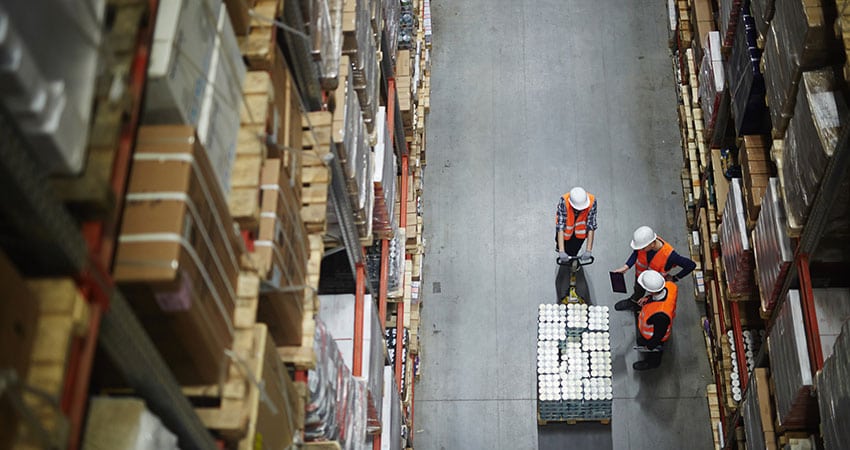The planning and execution of an ecommerce fulfillment center relocation is a massive undertaking. The budgeting of one-time costs, startup costs and ongoing expenses alone involves a rigorous process.
Identifying the right labor market for a new ecommerce fulfillment center is a different animal altogether. It’s highly dependent on performing a three-pronged analysis which:
- Identifies the best Metropolitan Statistical Areas (MSAs) that can deliver the time to customer and inbound and outbound freight savings and goals desired
- Identifies facilities that meet your building’s current and future requirements
- Determines the quality and availability of the workforce at a cost structure which is competitive but affordable.
Here we’ll outline the data and process for identifying the right labor market for your new facility.
As we have said in this column many times, the country is approaching full employment. Yet 38% of the potential workforce is sitting on the sidelines waiting for full-time positions, according to the Bureau of Labor Statistics (BLS). Moving into a new labor market means accurately determining the wages and benefits that gives you the desired workforce.
BLS at www.bls.gov: Each month BLS compiles and publishes a comprehensive set of labor statistics about all MSAs. This data should only be a starting point. It is the best data available but it has limitations. In performing these studies, we often find BLS data understates the hourly wage rates. As comprehensive as they are we have found they can sometimes be 20% too low on some positions.
Also, BLS definitions of worker categories and jobs will not exactly line up with position descriptions in your ecommerce fulfillment center. Senior positions in fulfillment can be defined differently by title and responsibilities and therefore the salary can vary widely. Also, BLS does not address company benefits which can be 5% to 25%+ or more of the hourly rate.
County or regional development agencies: Agencies will have an analysis of the county and the sites they are promoting with many demographics including BLS data. Find ways to validate what they are telling you. Remember their job is to sell you on moving to their area. It doesn’t mean they are deceptive but we have seen agencies continue to promote regional development even after the area was reaching full capacity in terms of labor. The right building may be there but is there enough labor at a wage and benefit rate you’re willing to pay?
Boots on the ground: This isn’t just a data analysis exercise. It’s going to mean traveling to regional sites to truly get an accurate analysis of the labor market. Our recommendation is to talk to other warehouse employers and exchange wage and benefit data. Follow local ads and recruiting websites. Most markets are at an unemployment rate of around 5% or less. What will you have to pay to attract the right complement of people? Use the public data as a starting point.
Recommended Process
Here is an outline of the process for identifying the right market:
Form a team: Have representatives from operations, finance, human resources, real estate or legal (for contracts). Broaden the team as the project proceeds to include IT and merchandising (for inbound freight analysis). Opening an ecommerce fulfillment center in a new market is one of the biggest, most expensive decisions companies make. Get your team’s agreement, insight and detail planning for the project.
Select a commercial real estate company: Most firms have subscriptions to a national database of available warehouse properties and can share it with you. You may want them to do some of the number crunching for you but we strongly recommend you do the analysis yourself. If not, you need access to the database so you can see what MSAs and facilities they include and exclude. Don’t just accept their list of facility candidates.
Market and facility shortlist: The process should be to perform a broad search of MSAs in the general region; then winnow it down to a short list of the best candidates (city and facilities). Remember it’s a three-pronged analysis along with the total cost of the facility and move-in costs. The finalists have to meet your time-to-customer, inbound and outbound shipping costs and delivery goals and have the requisite building characteristics and expansion potential.
Site visits: Travel to see the shortlist of MSAs and facilities and build relationships with other warehouse operators to strengthen your analysis.
Be methodical in the process and data analysis, but don’t neglect site visits which help you validate and improve your analysis and conclusions.
Brian Barry is President of F. Curtis Barry & Company

